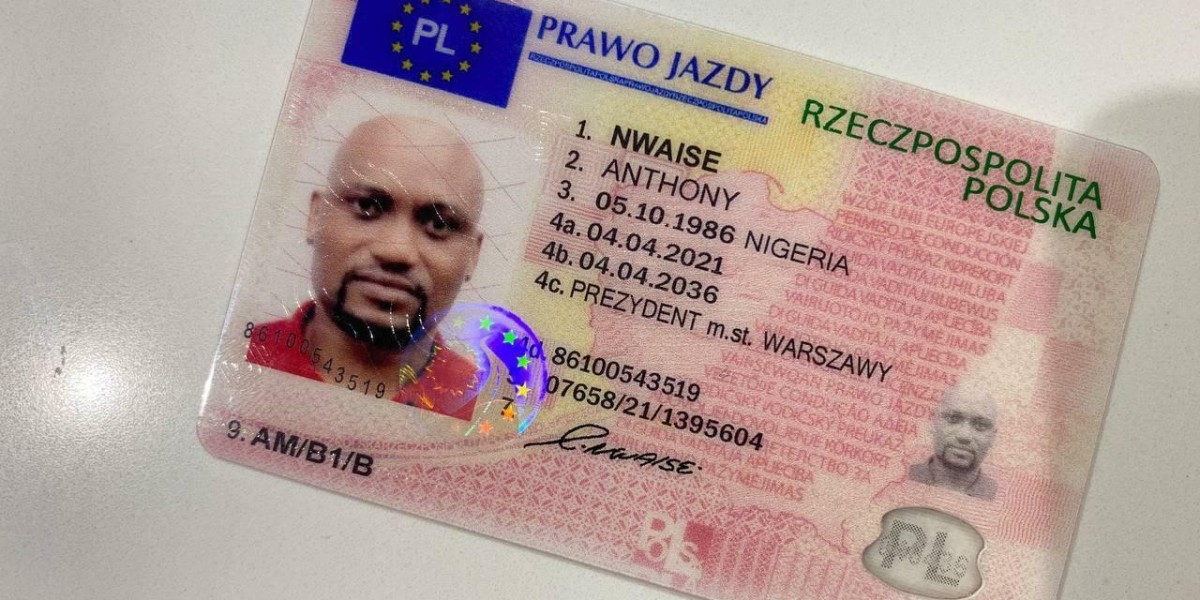A commercial driver's licence is a driving licence of category C. It permits drivers to drive straight trucks, buses and combination vehicles. It also allows drivers to drive passenger vans and small hazardous materials (HAZMAT) vehicles.
 As professionals who earn Class A CDLs Class C license holders are able to obtain endorsements to enhance their job opportunities and qualifications. The most commonly used types of endorsements include:
As professionals who earn Class A CDLs Class C license holders are able to obtain endorsements to enhance their job opportunities and qualifications. The most commonly used types of endorsements include:Passenger vehicles
If you are planning to drive a passenger vehicle or truck, or a rental vehicle like a Uhaul, you need a class C license. The driver's manual for each state provides a detailed description of the vehicles which are eligible for. The CDL 1 (also known by the acronym CDL C + E) is the most comprehensive HGV permit you can get. It allows you to operate an HGV with a trailer of up to the maximum weight allowed by law of 750kg. It's the license that most drivers of taxis or livery services obtain.
Drivers who hold this license are able to operate vehicles with trailers of up to 750kg MAM. They can also operate small HGVs transporting hazardous substances (with a placard), and other combination vehicles which are not classified as Class A or B. This includes dump trucks and straight trucks with trailers. In the United States drivers with a class C license are required to complete additional training in order to be able to operate these vehicles.
This license is required for firefighters, members of emergency/rescue teams and fire departments. However, it is not required in every jurisdiction. It is a great idea for drivers who are young to begin their driving career by obtaining this license as it gives them the opportunity to gain valuable driving experience and improve their skills before they reach the legal age to get a full licence.
Before they can apply for a intermediate license, young drivers under 18 years old must complete 40 hours of practice and also hold a learners permit for six month. During this time, they cannot drive between 11 p.m. between 11 p.m. and 5 a.m. unless they are going to work or school events. They also must limit the number of passengers to one non-family member under the age of 19 and are only allowed to drive with a licensed driver who supervises them and is over 21 years old. These restrictions are in effect until the driver turns 18. They may also opt to attend a course in order to receive the class H or E endorsement.
Hazardous materials
A Class C commercial driver's licence permits drivers to operate single or combination vehicles that do not meet the requirements of Class A or Class B licenses. This license allows drivers to operate passenger vehicles that can carry more than 16 people, including the driver. It also allows drivers to drive vehicles that transport hazardous materials. Drivers must pass a knowledge exam and undergo specialized training in order to obtain an endorsement on their CDL.
The H endorsement enables truckers to operate a vehicle that is capable of transporting hazardous substances in placardable quantities. The endorsement is only valid when all the conditions are met, which includes that the amount of hazardous material being transported is within DOT limits and that the material is properly classified and labelled, and both the vehicle and the cargo are in compliance with safety standards. A person who works in the field of hazardous materials is required to undergo specific training to ensure that the appropriate precautions are taken while transporting these substances.
There are other endorsements available that can be added to an CDL in addition to the H. The N endorsement allows tanker drivers to transport liquids that are volatile and gases. The truckers must pass an examination to prove their understanding of specific fields in order to be eligible for this endorsement. The T endorsement allows truckers to operate double and triple trailers, which require more skills and knowledge. The X endorsement requires truckers to pass another specific knowledge test in order to operate tanker vehicles that transport explosive substances.
A representative of the motor driver or the carrier must be present at all times when driving a motor vehicle that has Division 1.1,1.2, or1.3 materials. This requirement applies to interstate and intrastate transportation, as well as to shipments that carry hazardous materials.
The hazmat endorsement is not available for truck drivers who only deliver local deliveries. Drivers must have at least two years of driving experience to qualify for this endorsement. They also need to demonstrate good health, a clean driving record, and pass a physical exam. They must also pass a drug test and background checks. Drivers who fail to comply with these requirements could face fines and the loss of their CDL.
Combination vehicles
Different countries have different licensing regimes. These are based on age, vehicle type and other factors. Some classifications are similar while others are unique. Certain license classes are reserved for taxi drivers while others are for those who drive passenger cars or haul hazardous material. Drivers who require an license must contact their local transportation department in order to complete the application process.
In the United States, anyone who is planning to operate commercial motor vehicles must have a class C license. A class C driver's license allows a driver to operate trailers and trucks with a Gross Vehicle weight rating of less than 26001 pounds. The driver can also carry more than 16 passengers, which includes the driver. Depending on the state, it could also include a hazmat endorsement or a school or student bus endorsement.
The most popular trailers and trucks that require the class C CDL are straight trucks as well as dump trucks. In addition drivers, some also require this kind of license to operate small passenger vans and buses. Tank trucks, buses and double or Kartaxpresspoland.com triple-trailers are also vehicles that can be driven using a CDL class C.
You must pass a knowledge test and a vision screening before you can get a Class C license. Then, you have to pass a medical examination with an accredited doctor. The doctor will determine if you are fit enough to be able to drive CMVs and give you a medical certificate that must be submitted to the CDL office before you can get your license.
You also must pass an additional written test to receive an endorsement for a specific vehicle or cargo. An endorsement is an CDL accessory that permits you to operate a certain kind of vehicle or cargo. There are many different types of endorsements. Some of the most commonly used include P - Passenger Vehicle, T – Double/Triple trailer N - Tank Vehicle, and Hazard material.
Trailers
If you plan to drive in a larger vehicle you might require a specific license. Depending on the state's regulations, this licence may be a commercial driver's permit (CDL) or a non-CDL class C licence. It is essential to know the distinction between these kinds of licences. This will allow you to decide which one is the best for your requirements.
A non-CDL Class C license allows the driver to drive vehicles that aren't classified as commercial vehicles, or that have a gross combined mass rating that is less than 26001 pounds. This may include single-axle and multi-axle tractors, trucks with trailers, as well as other large vehicles. In certain states, this license also allows drivers to operate vehicles designed to carry 16 or more passengers.
If your trailer and vehicle are paired to have a maximum authorised weight of 750kg or more then you must get category C+E. This licence will enable you to drive D1 category vehicles combination with trailers that have an authorized maximum weight of more than 750kg. It is not required to obtain category C before getting the license, but it is highly recommended.
A commercial driver's license, or a CDL can be incredibly confusing. There are so many classes and so many ways to categorize them, that it is difficult to know what they all mean. The knowledgeable instructors at All-State Career can help you to understand the complexities of the subject.
In addition to the categories listed above, there are other classifications used to differentiate between vehicles with different engines and power outputs. Certain states, for instance, have separate categories of mopeds. Other states have distinct categories for snowmobiles and ATVs.
Before operating an engine or truck with a trailer, it is essential to verify the weight rating for the total combined weight. This number will let you know whether you need a class A CDL in order to operate your vehicle using a trailer. You might require a CDL class A if your vehicle's gross weight rating is higher than the trailer's GVWR.







